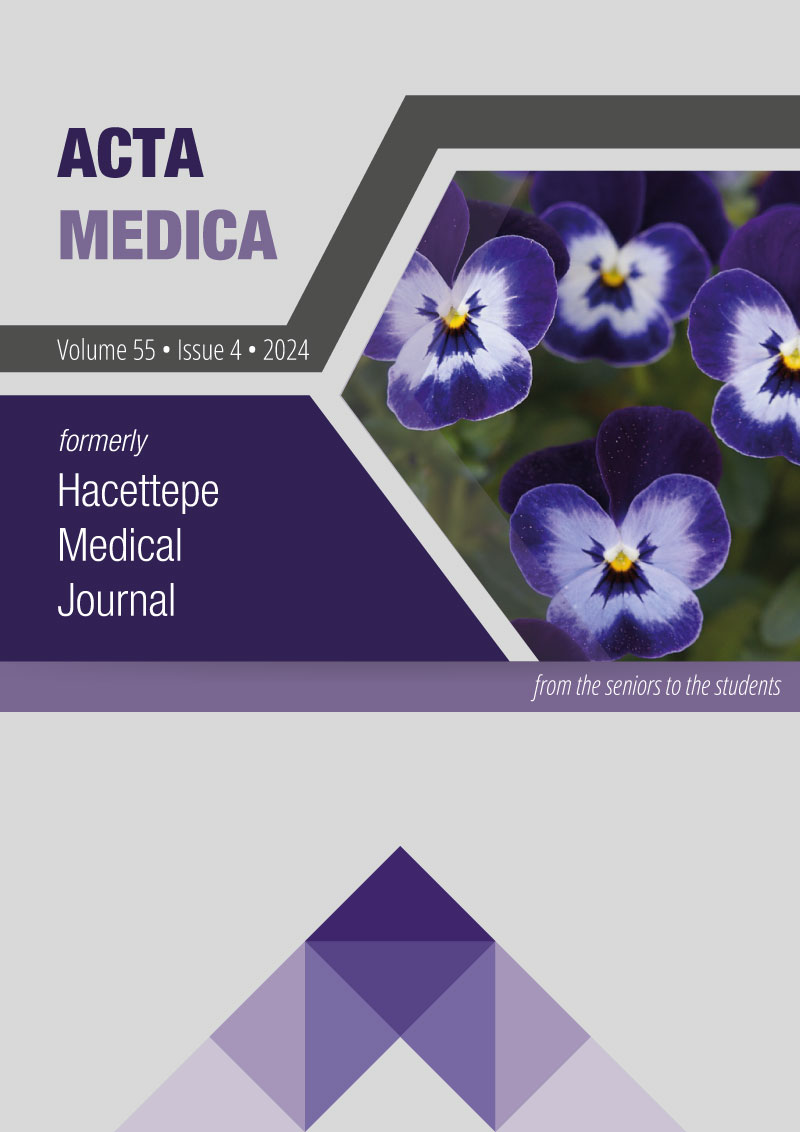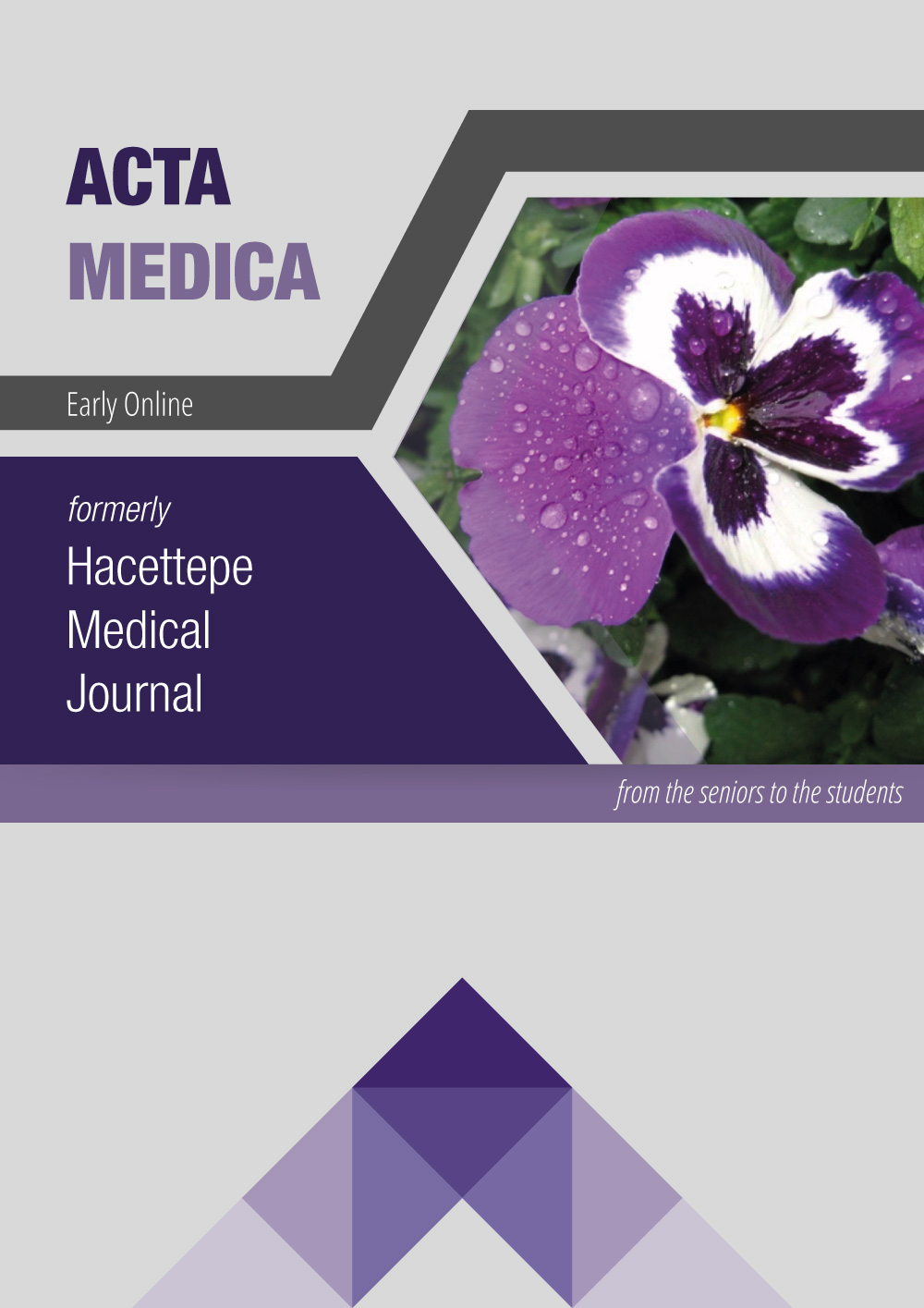8 years with laparoscopic liver surgery: a referral center experience
DOI:
https://doi.org/10.32552/2024.ActaMedica.1065Keywords:
surgery, liver neoplasms, liver cancer, minimally invasive surgery, liverAbstract
Objective: Laparoscopic liver surgery (LLR) was first performed in 1992 and LLR began to be performed for many benign and malignant etiologies, especially hepatocellular carcinoma (HCC) and colorectal cancer metastases (CRC). Recent studies have shown that LLR has less bleeding, shorter hospital stay (LOS), faster recovery, and similar long-term oncologic outcomes compared to open surgery. This study aims to examine the results of LLR, which has been performed for 8 years in our institution, which is one of the referal centers in the field of hepatopancreaticobiliary surgery.
Methods: Twenty-nine patients who underwent LLR for malignant and benign reasons in our hospital between January 2016 and March 2024 were included in the study, and 416 patients who underwent open surgery, and laparoscopic ablation. Data were obtained retrospectively from the hospital registry system.
Results: 18 (62.1%) of the patients were male and the median age was 57 (41-62.5). 23 (79.31%) of the patients underwent surgery for malignant reasons. The most common indications for surgery were HCC (24.14%) and CRC (20.69%). Median blood loss was 200 (100-375) ml. Median LOS was three (3-5) days, and 30-day readmission rate was 3.45%. Clavian-Dindo ≥3 complication grade was seen in 13.79% of patients and no mortality was observed in any patient. R0 resection was achieved in 73.91% of patients. Disease recurrence developed in 56.52% of patients at a median follow-up of 22.1 (9.9-48.5) months. Of the patients who developed recurrence in the liver, recurrence developed at the surgical margin in 13.04%, and in other liver segments in 30.43%. Median overall survival was 48.5 months, and median recurrence-free survival was 21 months. 1-, 3-, and 5-year overall survival were 85%, 76%, and 48%, respectively, while 1- and 3-year recurrence-free survival were 71% and 34%, respectively.
Conclusion: In this study, it was shown that LLR is a safe alternative to traditional open surgery in terms of length of hospital stay, blood loss, recurrence rates, and survival rates in parallel with the literature, and that although the surgical margin was positive, recurrence developed mostly in other liver segments, and in some patients, no recurrence was observed despite positive margins.
Downloads
Downloads
Published
How to Cite
Issue
Section
License
Copyright (c) 2024 Acta Medica

This work is licensed under a Creative Commons Attribution-NonCommercial-NoDerivatives 4.0 International License.


